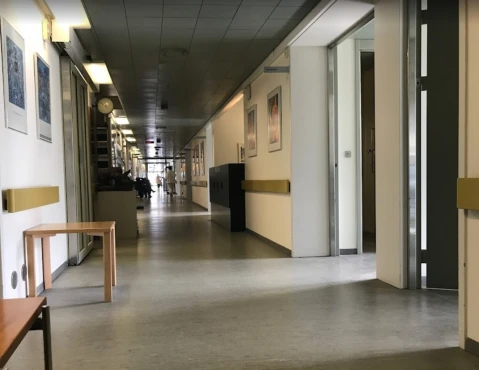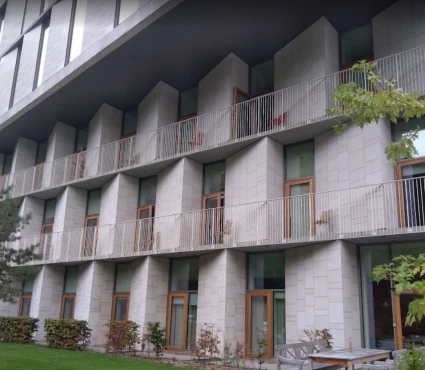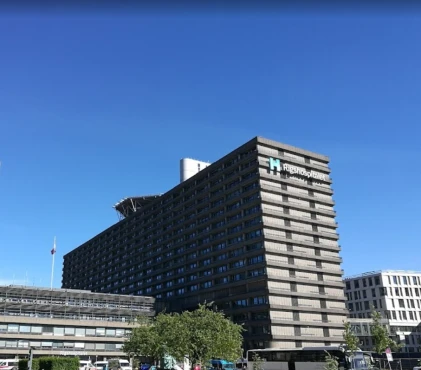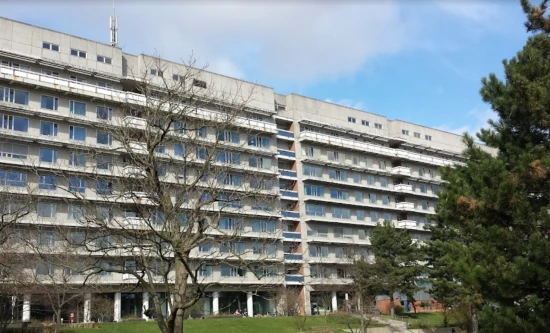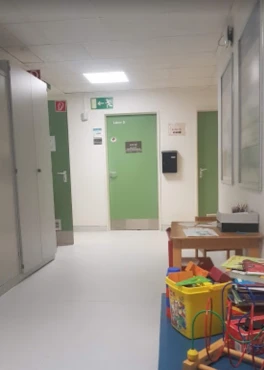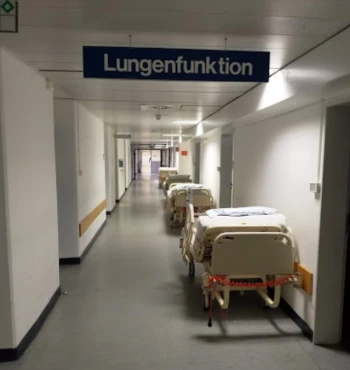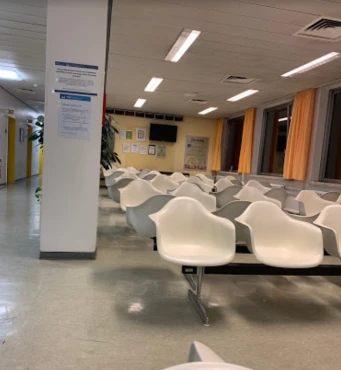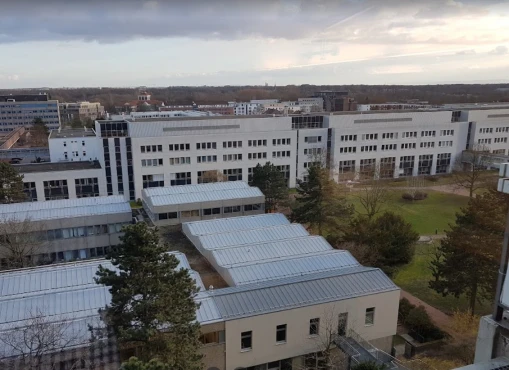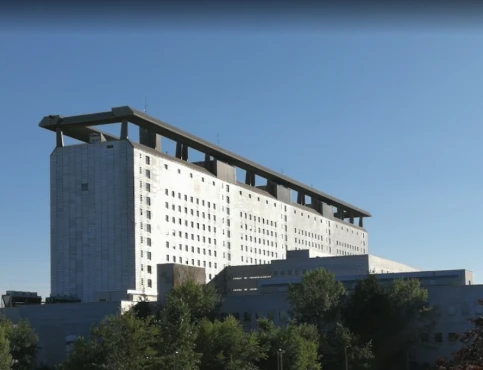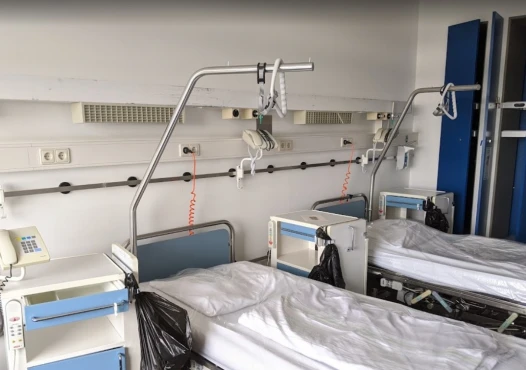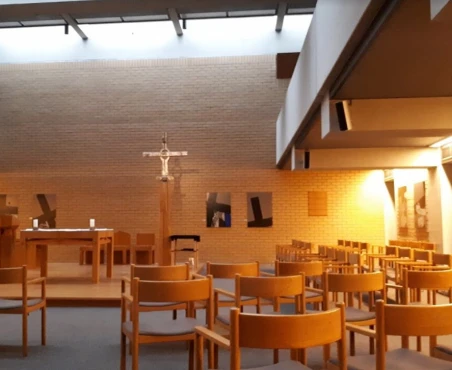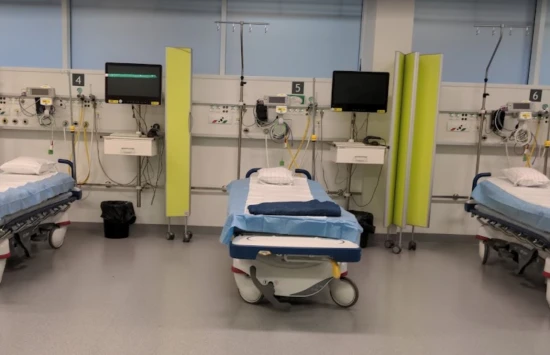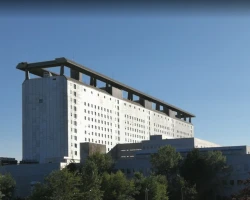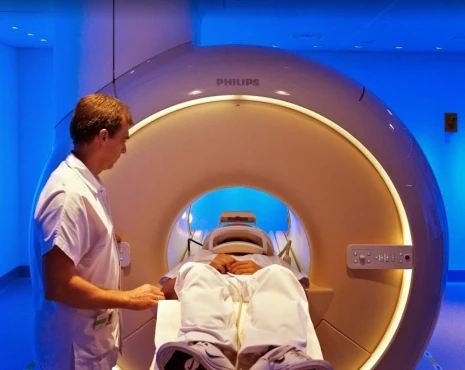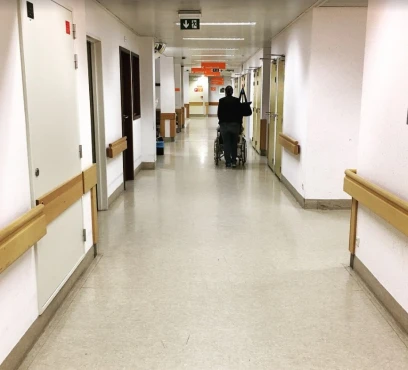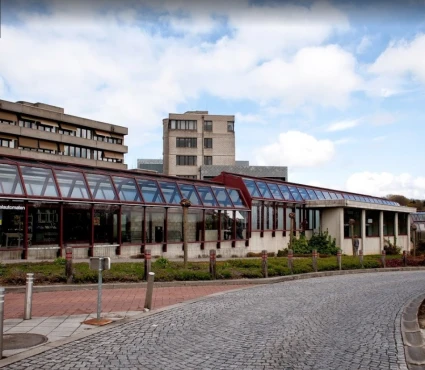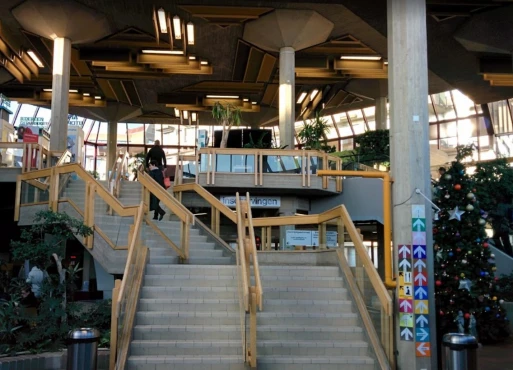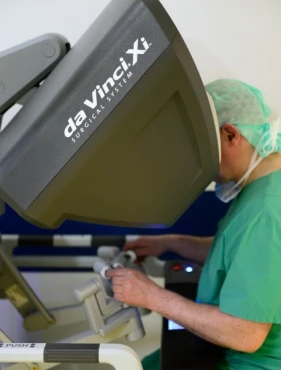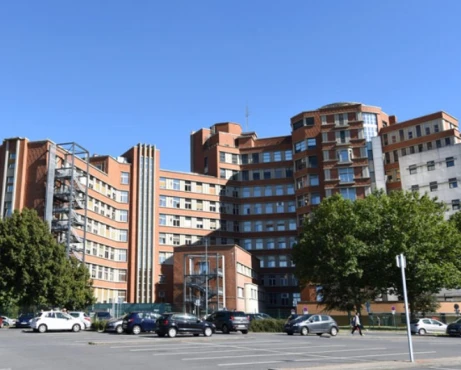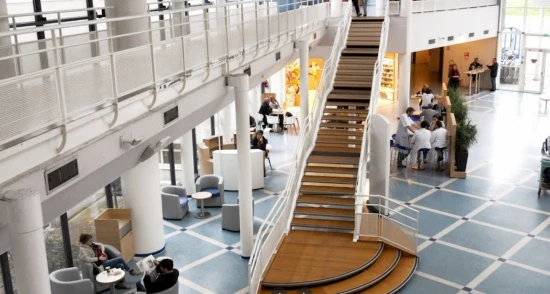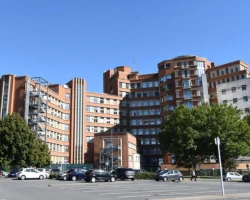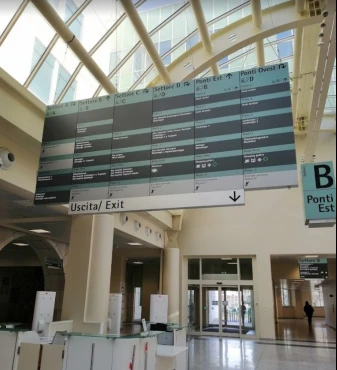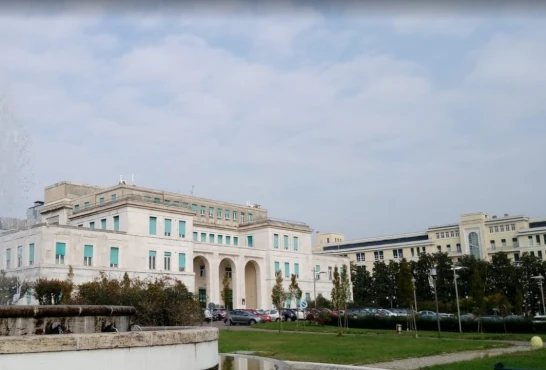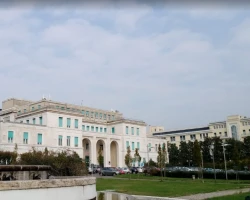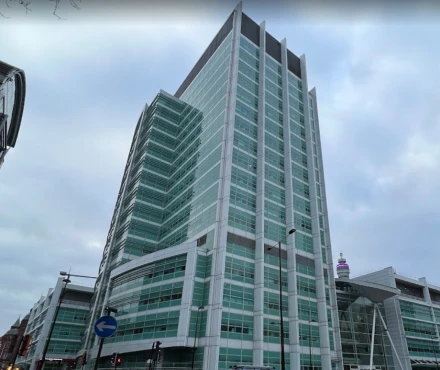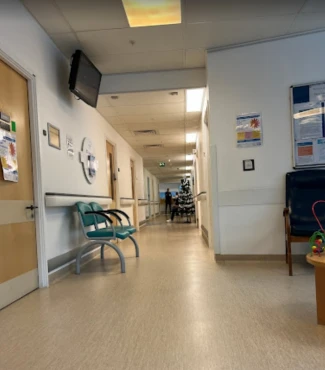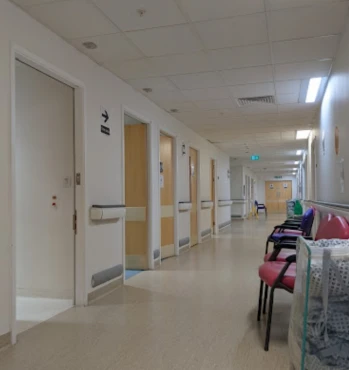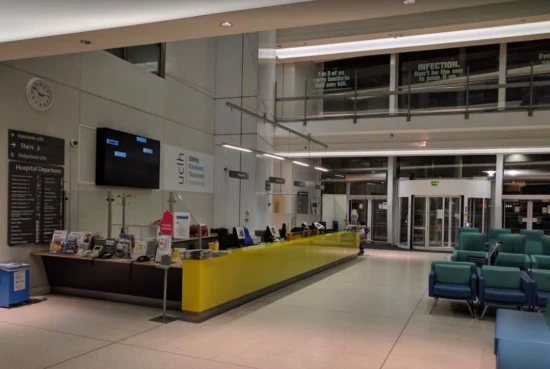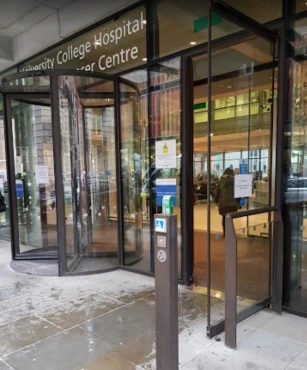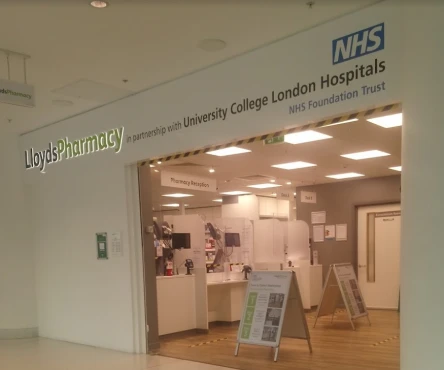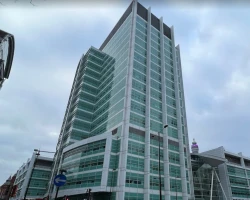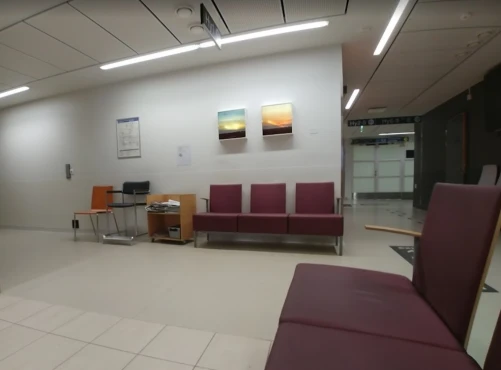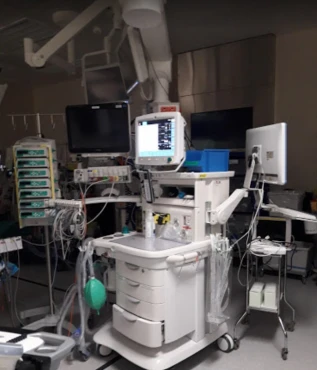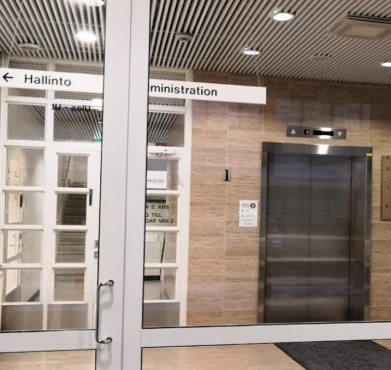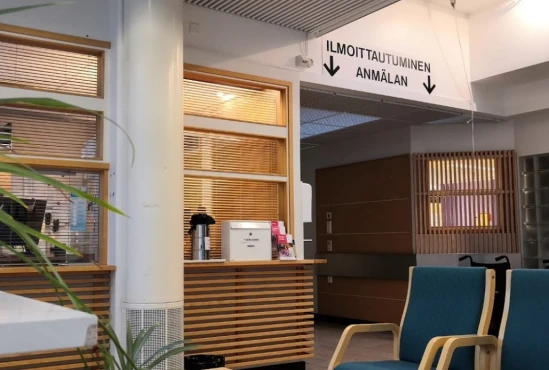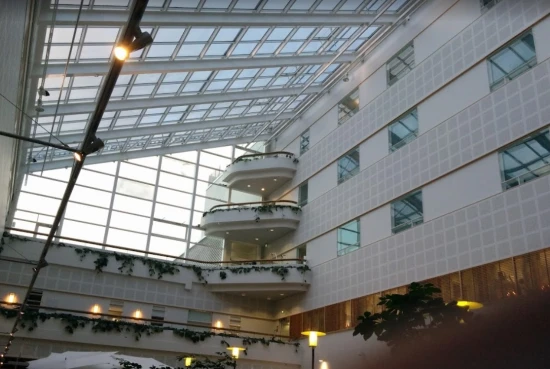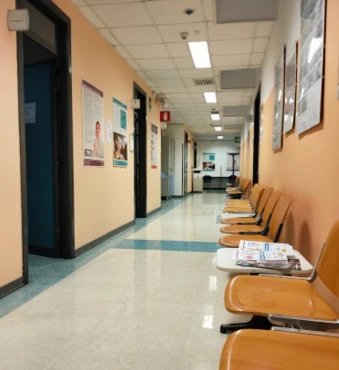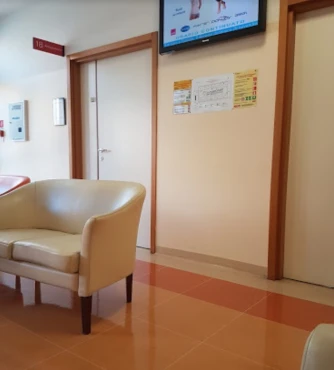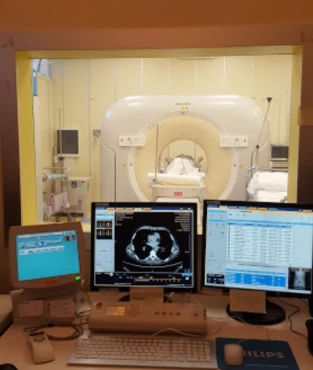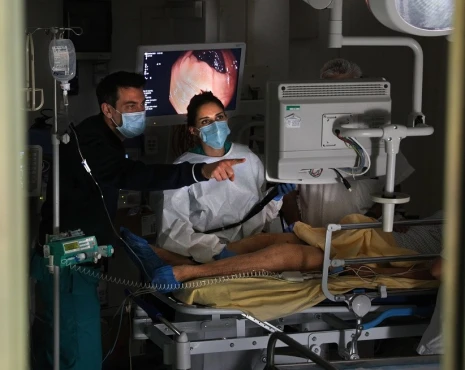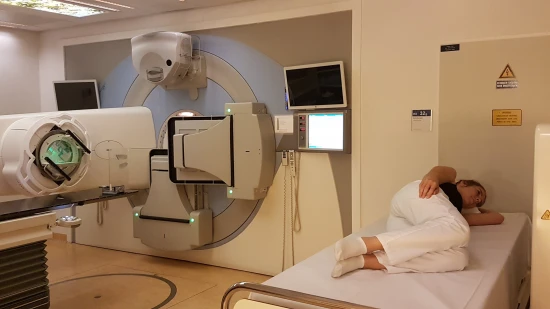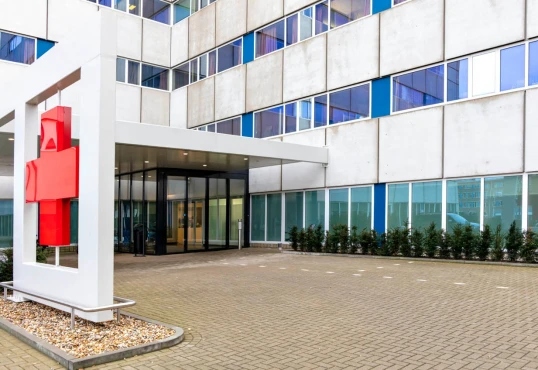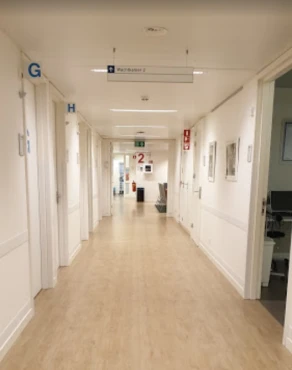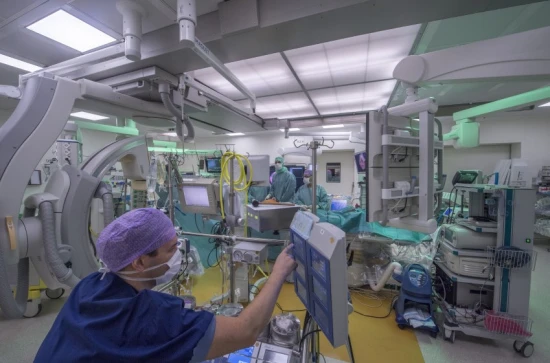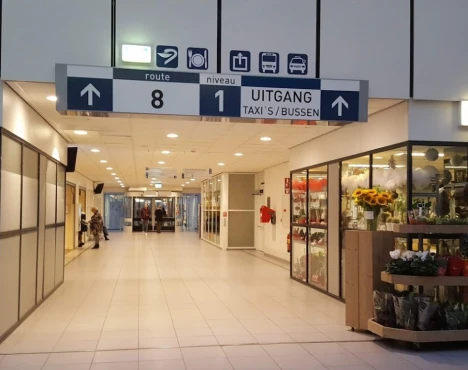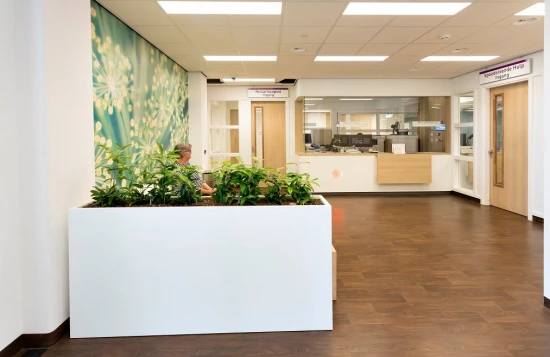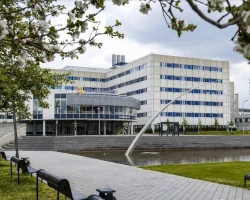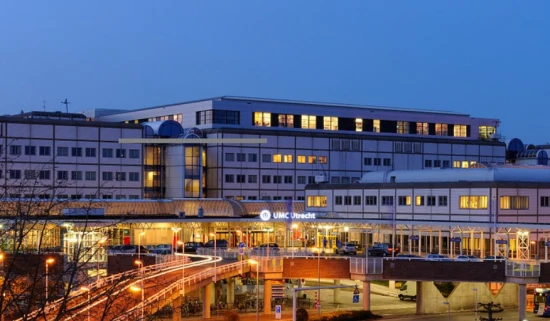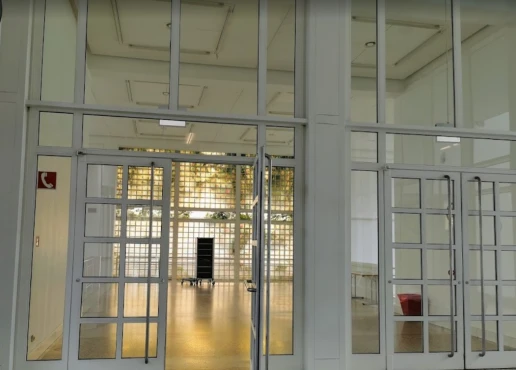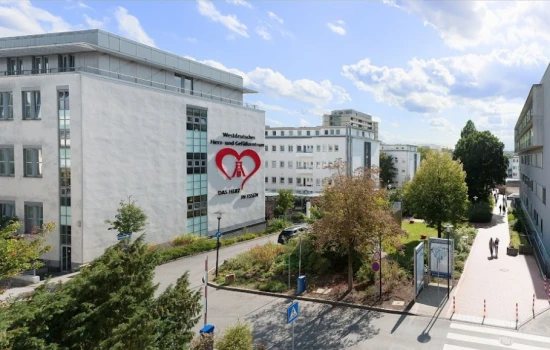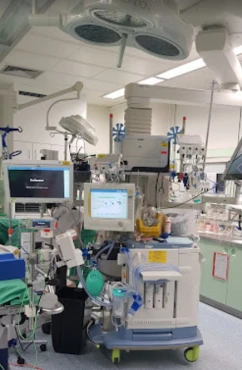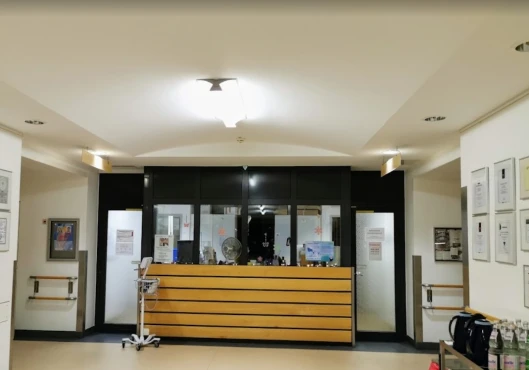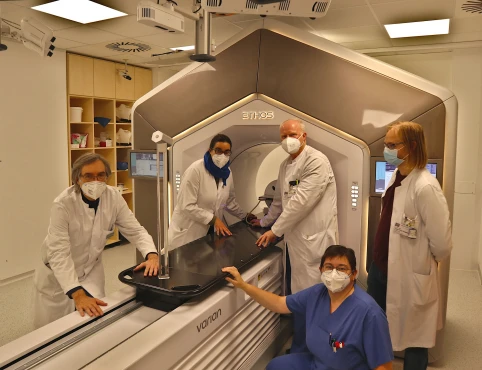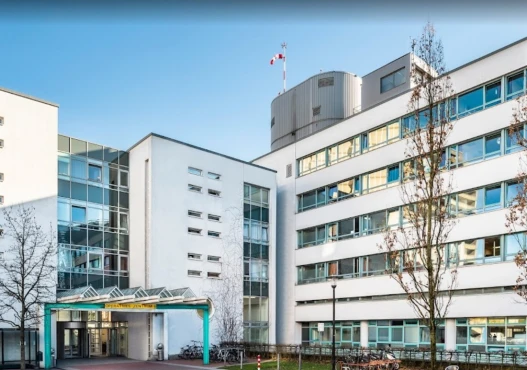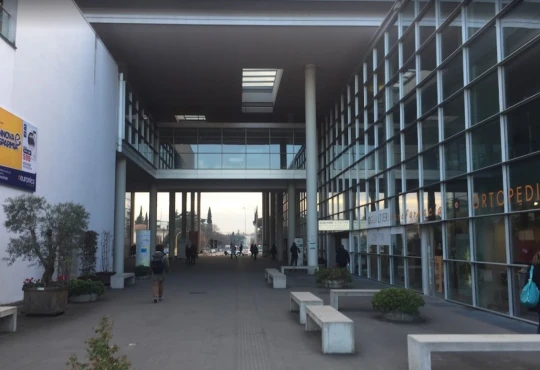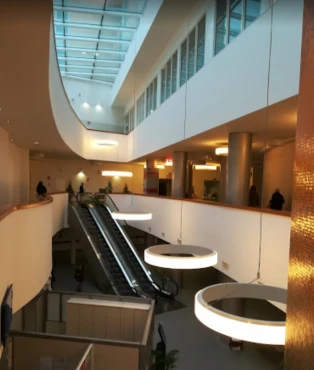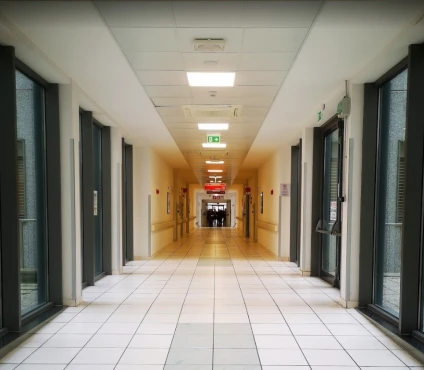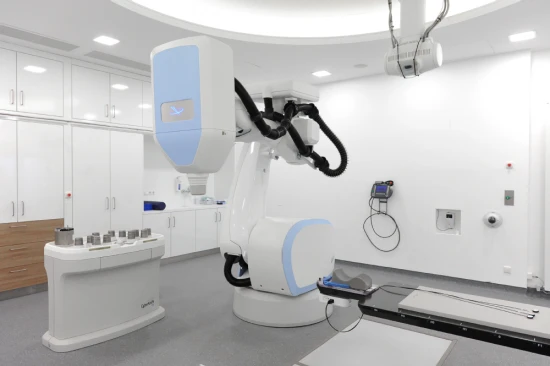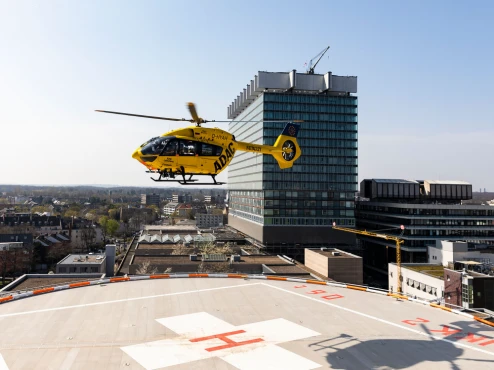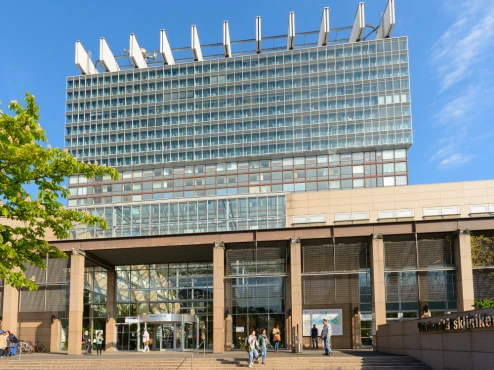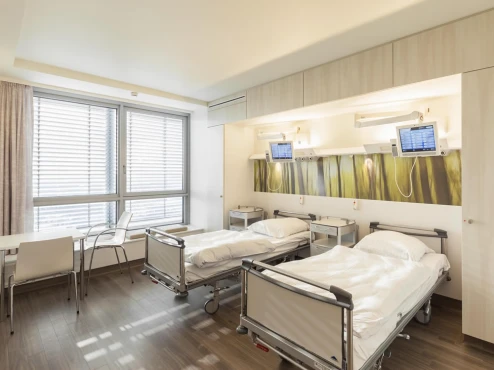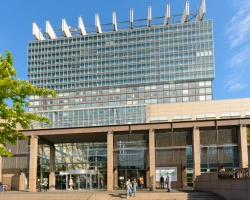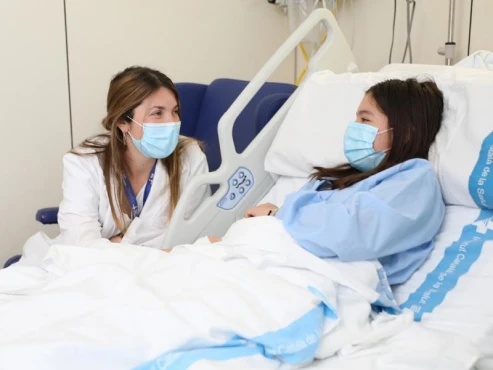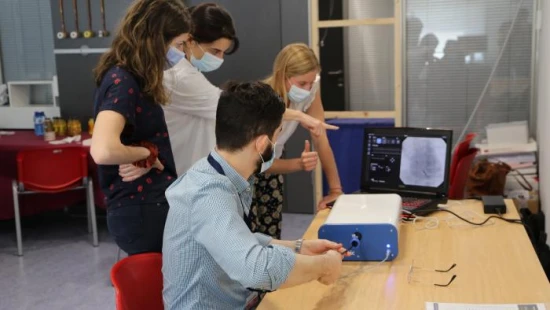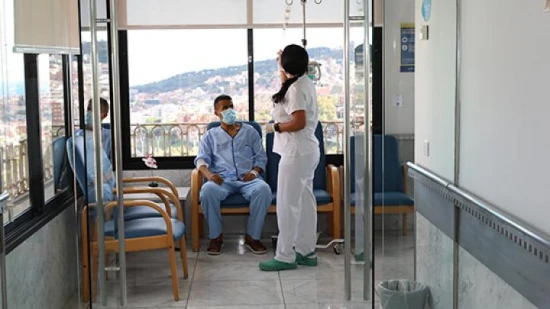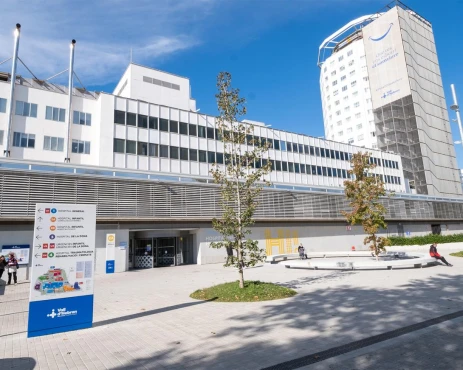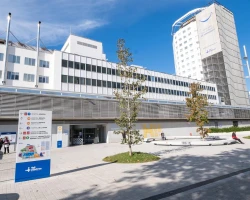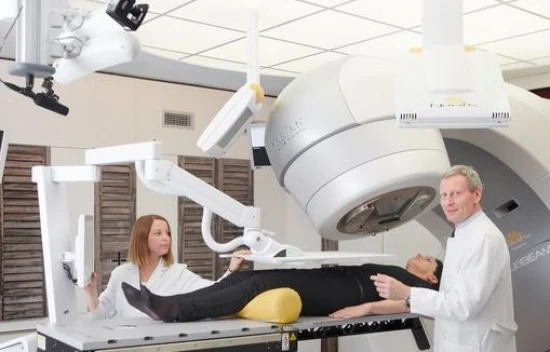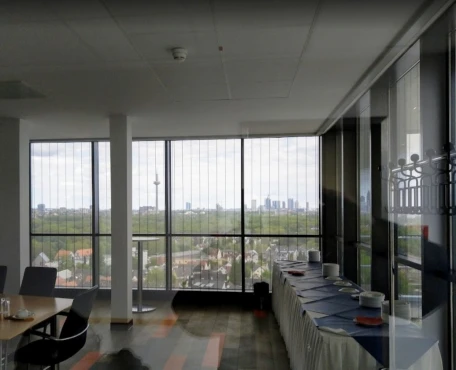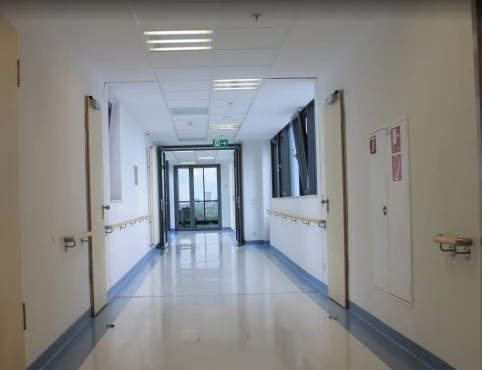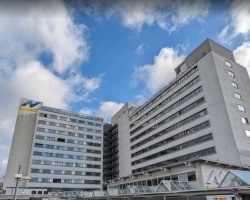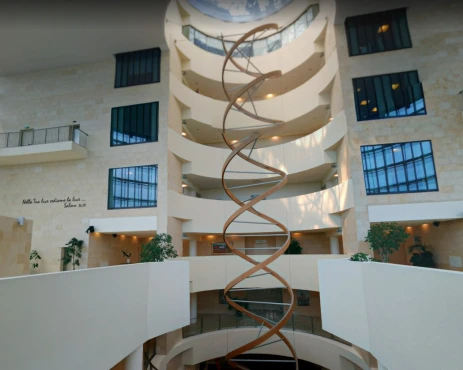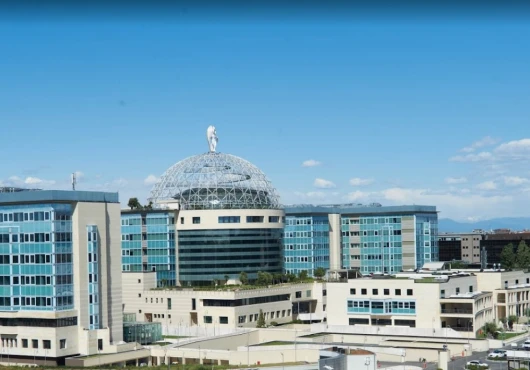Silent Danger Unveiled: Understanding and Managing Aortic Aneurysms
Understanding Aortic Aneurysms: A Silent Threat to Your Health
Discover the silent threat to cardiovascular health in our comprehensive guide to aortic aneurysms. From their origins in the intricate anatomy of the aorta to the causes, symptoms, and diagnosis, we unravel the complexities of this potentially life-threatening condition. Learn how early detection, lifestyle modifications, and timely intervention are essential in safeguarding your heart's well-being.
Introduction
The human heart is a marvel of engineering, tirelessly pumping blood through our bodies to sustain life. At the center of this intricate circulatory system lies the aorta, the body's largest and most vital artery. The aorta serves as the main highway for delivering oxygen-rich blood from the heart to every organ and tissue, ensuring their proper function. However, this essential vessel is not invulnerable to wear and tear, and sometimes, it can develop a potentially life-threatening condition known as an aortic aneurysm.
Aortic Aneurysm Defined
An aortic aneurysm is a medical condition characterized by an abnormal bulging or ballooning of a segment of the aorta. This dilation occurs when the walls of the aorta weaken, allowing the artery to expand beyond its normal size. While this condition may seem inconspicuous, it poses a significant threat due to the potential for rupture, which can lead to catastrophic consequences. Understanding the nuances of aortic aneurysms, including their types, prevalence, and underlying causes, is paramount to early detection and effective management.
Types of Aortic Aneurysms
Aortic aneurysms can manifest in two primary locations within the body: the thoracic region and the abdominal region. These distinctions give rise to two main types of aortic aneurysms:
- Thoracic Aortic Aneurysm (TAA): These aneurysms affect the portion of the aorta that passes through the chest cavity. The risk associated with TAA is related to its proximity to the heart and its potential to disrupt blood flow to vital organs. A ruptured TAA is a life-threatening emergency.
- Abdominal Aortic Aneurysm (AAA): AAA occurs in the abdominal segment of the aorta, below the chest cavity. While it may not be as immediately life-threatening as a ruptured TAA, a ruptured AAA can still lead to severe internal bleeding and is a critical medical condition.
Prevalence and Importance
Aortic aneurysms are more common than one might think, and their prevalence varies based on factors such as age, gender, and genetic predisposition. Generally, they are most frequently diagnosed in individuals aged 65 and older, and men are more prone to developing them than women. The importance of recognizing the prevalence of aortic aneurysms lies in the fact that they often remain asymptomatic until they reach a critical size or rupture. Early detection and proactive management are key to preventing potentially fatal outcomes.
Anatomy of the Aorta: The Central Artery
Anatomy of the Aorta
To better comprehend aortic aneurysms and the reasons behind their formation, it's essential to familiarize ourselves with the anatomy of the aorta. Often referred to as the body's "central artery," the aorta is a robust, thick-walled vessel that originates directly from the left ventricle of the heart. It plays a pivotal role in ensuring the circulation of oxygenated blood to every nook and cranny of our bodies.
Layers of the Aortic Wall
The aorta is composed of three primary layers within its wall, each with a distinct function:
- Tunica Intima: This innermost layer is in direct contact with the blood flowing through the aorta. It consists of a delicate lining called endothelium, which helps maintain a smooth passage for blood and prevents clot formation.
- Tunica Media: The middle layer, known as the tunica media, is thick and muscular. It is responsible for the elastic properties of the aorta, allowing it to expand and contract with each heartbeat. Smooth muscle cells and elastic fibers are abundant in this layer, providing strength and flexibility.
- Tunica Adventitia: The outermost layer, the tunica adventitia, is composed of connective tissue and collagen fibers. Its primary function is to support and anchor the aorta to surrounding structures, such as the spine.
Normal Aortic Structure and Function
In a healthy individual, the aorta maintains its structural integrity through a delicate balance of collagen, elastin, and smooth muscle fibers. This balance ensures that the aortic wall can withstand the tremendous pressure generated by each heartbeat, while still accommodating the pulsatile flow of blood.
The aorta also features specialized segments, such as the aortic arch, thoracic aorta, and abdominal aorta, each serving distinct purposes in the distribution of oxygenated blood throughout the body.
Why the Aorta Matters
Understanding the normal structure and function of the aorta is crucial because it provides a basis for comprehending the vulnerabilities that can lead to aortic aneurysms. When any of the layers of the aortic wall become weakened or damaged, it sets the stage for the development of aneurysms.
Causes and Risk Factors: Unmasking the Culprits
Causes of Aortic Aneurysms
Aortic aneurysms don't develop overnight. They are often the result of a complex interplay between genetic predisposition, lifestyle choices, and underlying medical conditions. Understanding the causes behind these aneurysms is vital in identifying who may be at risk and taking proactive measures to prevent their occurrence.
- Atherosclerosis: The Silent Culprit
One of the primary contributors to aortic aneurysms is atherosclerosis, a chronic condition characterized by the buildup of fatty deposits (plaque) on the inner walls of arteries, including the aorta. Over time, these plaques can weaken the aortic wall, making it susceptible to dilation and aneurysm formation. High blood pressure, smoking, and a diet rich in saturated fats are common risk factors for atherosclerosis. - Genetic Factors: A Family Matter
A family history of aortic aneurysms can significantly increase an individual's risk. Certain genetic conditions, such as Marfan syndrome, Ehlers-Danlos syndrome, and Loeys-Dietz syndrome, are known to predispose individuals to aneurysm development due to abnormalities in connective tissue. It's essential for those with a family history of aortic aneurysms to undergo regular screenings and genetic testing when indicated. - Hypertension: The Silent Killer
High blood pressure (hypertension) places excessive strain on the walls of the aorta, potentially leading to aneurysm formation. Managing blood pressure through lifestyle changes and medications is crucial in preventing further damage to the aortic wall. - Trauma: Sudden Impact
In some cases, traumatic injuries, such as car accidents or falls, can cause aortic injuries that subsequently lead to aneurysm formation. Immediate medical attention is required when trauma is suspected to prevent further complications. - Inflammatory Conditions: The Immune Connection
Certain autoimmune and inflammatory diseases, such as Takayasu arteritis and giant cell arteritis, can affect the aorta's structure and lead to aneurysms. Managing these underlying conditions is essential in reducing the risk. - Infections: Unseen Threats
In rare cases, infections of the aorta, such as syphilis or mycotic aneurysms caused by bacterial or fungal infections, can weaken the aortic wall and result in aneurysm formation. Timely treatment of infections and appropriate antibiotic therapy are crucial in preventing complications.
Recognizing the Signs: Symptoms of Aortic Aneurysms
Symptoms of Thoracic Aortic Aneurysm (TAA)
TAA symptoms often vary depending on the location and size of the aneurysm. Common signs to watch for include:
- Chest Pain: Pain or discomfort in the chest area is a common symptom. It can be dull, achy, or sharp and may extend to the back or neck. Notably, TAA pain is usually constant and not relieved by rest.
- Back Pain: Unexplained back pain, especially between the shoulder blades, can be indicative of a thoracic aortic aneurysm.
- Breathing Difficulty: If the aneurysm compresses nearby structures, it can lead to difficulty breathing or shortness of breath.
- Hoarseness: Hoarseness or changes in voice quality may occur if the aneurysm affects the recurrent laryngeal nerve.
Symptoms of Abdominal Aortic Aneurysm (AAA)
AAA symptoms are often less specific and may include:
- Abdominal Pain: Persistent or sudden severe abdominal or lower back pain is a common sign. This pain can radiate to the groin, buttocks, or legs.
- Pulsating Abdomen: A throbbing sensation in the abdomen, particularly when lying down, can be a noteworthy symptom.
- Lower Back Pain: Unexplained lower back pain, often in the area just above the buttocks, may be associated with an abdominal aortic aneurysm.
- Gastrointestinal Symptoms: In some cases, AAA can cause nausea, vomiting, or changes in bowel habits if it presses on the digestive organs.
It's crucial to note that aortic aneurysms can remain asymptomatic for an extended period, particularly when they are small. As these aneurysms grow, the risk of rupture increases significantly, making early detection and monitoring essential.
When to Seek Medical Attention
If you experience any of the above symptoms, especially chest or abdominal pain, it's imperative to seek immediate medical attention. Prompt diagnosis and intervention can prevent potentially life-threatening complications, such as aortic dissection or rupture.
Diagnosis and Assessment: Unveiling the Silent Threat
Diagnosis through Physical Examination
Diagnosing aortic aneurysms typically begins with a thorough physical examination by a healthcare professional. During this examination, the healthcare provider will:
- Listen to the Heart: Using a stethoscope, the doctor will listen for abnormal sounds, such as a "bruit," which is a whooshing sound caused by turbulent blood flow in the aorta.
- Check for Tenderness: The abdomen may be gently palpated to assess for tenderness or a pulsating mass, indicative of an abdominal aortic aneurysm (AAA).
Advanced Imaging Techniques
While a physical examination can provide valuable initial insights, advanced imaging techniques are essential for confirming the diagnosis, determining the size and location of the aneurysm, and assessing its potential for rupture. Common imaging methods include:
- Ultrasound: Ultrasound is often the first-line imaging modality used to diagnose aortic aneurysms. It is non-invasive and provides real-time images, allowing healthcare providers to visualize the aorta and measure the size of the aneurysm accurately.
- Computed Tomography (CT) Scan: CT scans are highly detailed imaging studies that provide cross-sectional images of the aorta. They are particularly useful for assessing the precise location and characteristics of an aneurysm. CT angiography is a specialized form of CT imaging used to evaluate blood vessels, including the aorta.
- Magnetic Resonance Imaging (MRI): MRI can offer detailed images of the aorta without the use of ionizing radiation. It is often employed when a CT scan is not ideal due to factors like allergies to contrast dye.
Laboratory Tests
In addition to imaging studies, certain laboratory tests may be ordered to assist in the diagnosis and assessment of aortic aneurysms:
- Blood Tests: Blood tests can help evaluate kidney function and assess electrolyte levels, which is important if surgery or intervention is being considered.
- Genetic Testing: In cases of suspected genetic syndromes associated with aortic aneurysms, genetic testing may be recommended to identify specific genetic mutations.
- Echocardiography: Transesophageal echocardiography (TEE) involves the use of a specialized ultrasound probe inserted into the esophagus to obtain detailed images of the aorta and its surrounding structures. This method is often used when aortic dissection is suspected.
Monitoring and Surveillance
For individuals with small or stable aortic aneurysms, a regular monitoring and surveillance plan may be recommended. This typically involves periodic imaging studies to track changes in the size and condition of the aneurysm. Timely intervention, such as surgery or endovascular repair, may be considered if the aneurysm shows signs of significant growth or other concerning changes.
Treatment Options: Safeguarding Your Cardiovascular Health
Managing Aortic Aneurysms
The management of aortic aneurysms depends on various factors, including the aneurysm's size, location, and the patient's overall health. There are several treatment options available to address these potentially life-threatening conditions.
- Medications: Blood Pressure Control
For individuals with small, stable aortic aneurysms, especially those with high blood pressure (hypertension), medication management is often the first line of defense. Controlling blood pressure can help reduce the risk of further weakening the aortic wall and prevent aneurysm growth. Medications such as beta-blockers and angiotensin receptor blockers (ARBs) are commonly prescribed for this purpose. - Surgery: Aneurysm Repair
When an aortic aneurysm reaches a certain size or presents an imminent risk of rupture, surgical intervention becomes necessary. The primary surgical option is open aneurysm repair, during which a surgeon replaces the weakened portion of the aorta with a synthetic graft. This procedure is performed under general anesthesia and requires a recovery period. - Endovascular Aneurysm Repair (EVAR): Minimally Invasive Option
Endovascular Aneurysm Repair (EVAR) is a less invasive alternative to open surgery. During EVAR, a surgeon inserts a graft through small incisions in the groin and threads it into the aorta using X-ray guidance. The graft effectively reinforces the weakened aortic wall. EVAR typically involves a shorter recovery time and may be suitable for patients who are not candidates for open surgery.
Monitoring and Surveillance
For patients with smaller aneurysms or those who are not candidates for immediate surgery, regular monitoring and surveillance are crucial. This involves periodic imaging studies, such as ultrasound, CT scans, or MRIs, to track the aneurysm's size and condition. The frequency of these follow-up exams is determined by the patient's individual risk factors and the aneurysm's characteristics.
Complications: Rupture and Dissection
The primary concern with aortic aneurysms is the risk of rupture, which can lead to massive internal bleeding and is often fatal. Additionally, aortic aneurysms can result in aortic dissection, a condition where the layers of the aortic wall separate, potentially blocking blood flow to vital organs. Early detection and appropriate management are critical in preventing these life-threatening complications.
Prevention: A Lifestyle Approach
Preventing aortic aneurysms and managing the risk factors associated with them often involves lifestyle modifications. These include:
- Blood Pressure Control: Regular monitoring and management of hypertension.
- Smoking Cessation: Quitting smoking significantly reduces the risk of aneurysm formation and rupture.
- Healthy Diet: A diet low in saturated fats and rich in fruits, vegetables, and whole grains can support cardiovascular health.
- Regular Exercise: Engaging in regular physical activity helps maintain a healthy weight and promotes overall cardiovascular fitness.
Conclusion: Protecting Your Cardiovascular Health
In this comprehensive exploration of aortic aneurysms, we've journeyed through the intricate anatomy of the aorta, uncovered the underlying causes and risk factors, recognized the potential symptoms, and learned about the diagnostic methods and treatment options available. Now, let's recap the key takeaways:
- Aortic Aneurysms: These are abnormal bulges or ballooning of the aorta, the body's central artery, which can be potentially life-threatening if left untreated.
- Types: Aortic aneurysms can occur in the thoracic (chest) or abdominal regions of the aorta, leading to Thoracic Aortic Aneurysms (TAA) and Abdominal Aortic Aneurysms (AAA).
- Causes and Risk Factors: Atherosclerosis, genetics, hypertension, trauma, inflammatory conditions, and infections can contribute to the development of aortic aneurysms.
- Symptoms: Symptoms may vary depending on the location and size of the aneurysm but can include chest pain, back pain, abdominal pain, and difficulty breathing, among others.
- Diagnosis: Diagnosis involves physical examinations, advanced imaging techniques such as ultrasound, CT scans, and MRIs, as well as laboratory tests.
- Treatment Options: Treatment ranges from medications to surgery, including open aneurysm repair and minimally invasive endovascular aneurysm repair (EVAR). Regular monitoring and surveillance are crucial for smaller aneurysms.
- Complications: Rupture and aortic dissection are critical complications associated with aortic aneurysms, emphasizing the importance of early detection and intervention.
- Prevention: Lifestyle modifications, including blood pressure control, smoking cessation, a healthy diet, and regular exercise, play a pivotal role in preventing aortic aneurysms and managing risk factors.
The Importance of Awareness and Proactive Healthcare
Aortic aneurysms may be silent threats, but they are not invincible. Armed with knowledge and a commitment to proactive healthcare, you can take steps to protect your cardiovascular health. Regular check-ups with your healthcare provider, awareness of risk factors, and a healthy lifestyle can make a significant difference in preventing or managing these potentially life-threatening conditions.
Remember, early detection and intervention are key. If you experience any symptoms or have risk factors for aortic aneurysms, don't hesitate to seek medical attention promptly. Your heart and circulatory system are precious assets, and safeguarding them requires vigilance and proactive care.
